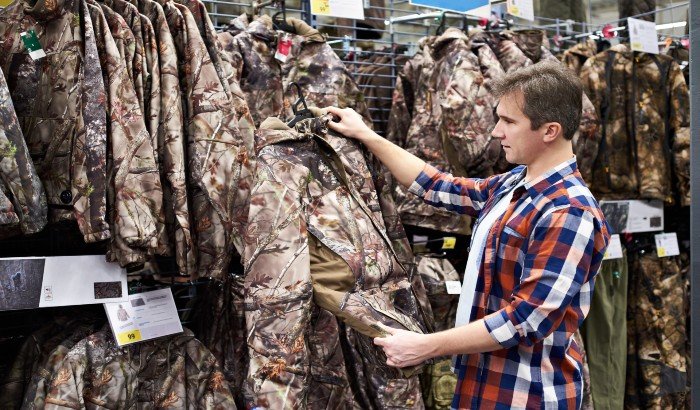Making sure you dress and layer appropriately for your hunt is essential to have the most comfortable, efficient outing.
Depending on the time of day and year (even the difference of a couple of weeks), you’ll experience a variety of different temperatures. Being prepared by properly dressing and layering can make all the difference and is key to your comfort in the wilderness. But did you know that layering does not mean throwing on four or five different shirts and calling it good? There is actually a method to this madness and an ideal and organized way to do it.
Scroll on for more about layering for your hunting adventure.
How to Dress and Layer for Your Hunt
Each layer you add should work together to build a system that wicks away moisture, keeps in the warmth, and fights against the elements. There are three essential layers to work with:
- YOUR BASE LAYERYour base layer should fit snuggly, right up against your body, and is essentially your second skin. Your base layer should work to remove moisture from your body, helping you stay warm and dry. There are many options for fabric and materials, such as polyester, merino wool, silk, and polypropylene.Lightweight Base Layer — If you plan to be in milder conditions where you’ll be active, a lightweight base layer should be good. It will wick away sweat from your body while providing a thin layer of insulation to keep you warm.Mid-weight Base Layer — Colder conditions will require a mid-weight base layer. You’ll get the drying-function without overheating.Heavyweight Base Layer — A heavyweight base layer is a must-have for harsher, more extreme conditions. An excellent heavyweight base layer will give you the warmth you need (and want!) while still being breathable and well-ventilated.
- YOUR MID-LAYERYour mid-layer works with your base layer to help wick away moisture from your body while trapping in heat to keep you warm. It is your most flexible layer and can be doubled or tripled up if you’re cold, or can be entirely removed if you’re too warm. Like your base layer, mid-layers come in a variety of different fabrics. Polyester and merino wool work well for mid-layers; however, nylon is best.If you’re dressing for your hunt, closer to the beginning of the hunting season, you can use the mid-layer for your outer layer when the weather is milder. Should you choose this, make sure your mid-layer provides some level of waterproof protection.
- YOUR OUTER LAYERYour outer layer should shield you from the wind, rain, snow, and any other element Mother Nature throws your way. It is your first line of defense and should hold up against the terrain’s difficulties, such as branches and thorns. When selecting this layer, keep in might its weight and how easily you can pack it; depending on the weather, you may opt to put it in your bag.
PRO TIP: No matter the weather or your location, steer clear of cotton selections. Cotton clothing will retain moisture and draw heat from your body.
Contact R & K Hunting Company
Discover more hunting tips and tricks, like how to dress and layer for your hunt, from the knowledgeable guides at R & K Hunting Company. Our guides have years of experience that bring hunters back, season after season, for more Rocky Mountain hunting adventures in Utah and Wyoming. Book your next hunt with us today.

